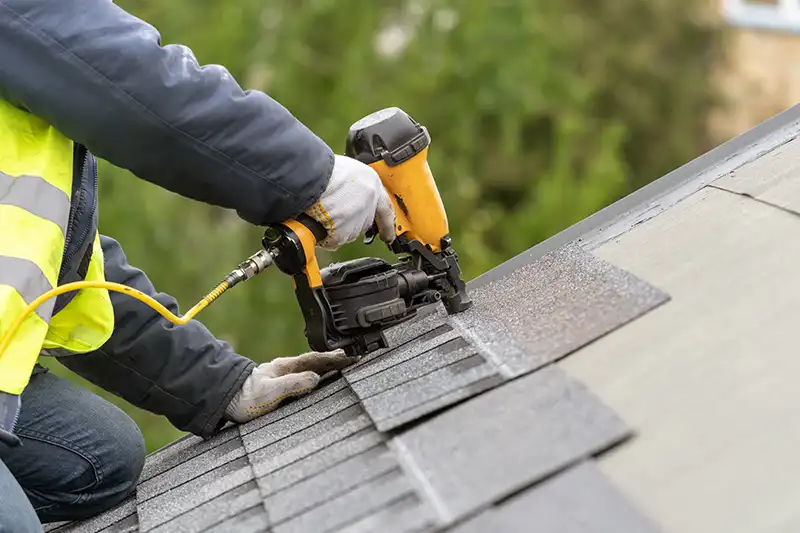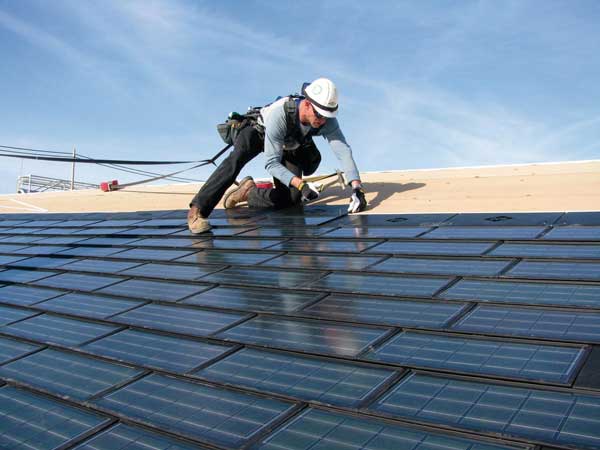Affordable Flat Roof Installation in Cuyahoga Falls to Enhance Your Property’s Value
A Comprehensive Overview to Effective Roof Flat Roofing System Setup
The ins and outs of level roof covering setup need a meticulous method, beginning with a thorough understanding of numerous flat roofing system kinds and the necessary materials required for optimal performance. A successful installation pivots not just on the choice of products but likewise on the prep work and execution of each step involved in the process.
Recognizing Flat Roofing System Types
When taking into consideration flat roofings, it is necessary to understand the numerous types available, as each offers unique benefits and drawbacks tailored to particular requirements. One of the most usual types of flat roofing systems include Built-Up Roof (BUR), Customized Asphalt, and Single-Ply membrane layers.
Built-Up Roof covering is composed of numerous layers of asphalt and gravel, supplying exceptional toughness and climate resistance. It is specifically advantageous in locations susceptible to serious climate condition but might need more maintenance due to its intricate building.
Customized Bitumen is a popular choice for its convenience of installation and flexibility. It often uses a torch-applied or self-adhesive technique, which can be helpful for quick repair work and long-term efficiency. Nevertheless, its life expectancy can be shorter compared to BUR.
Single-Ply membrane layers, consisting of Thermoplastic Olefin (TPO) and Ethylene Propylene Diene Monomer (EPDM), are identified for their lightweight nature and power effectiveness. These products are commonly chosen for business structures due to their cost-effectiveness and convenience of installment (Cleveland Roofing Specialists). Nevertheless, they may not give the exact same level of insulation as other options.
Each roof type requires mindful consideration based upon environment, budget, and certain project needs.
Vital Materials for Flat Roof Covering
A range of essential products are crucial for the successful installation of level roofing systems. The option of products straight impacts longevity, performance, and general effectiveness.
One of the main products is the roofing membrane layer, which can be created from numerous compounds such as polycarbonate polyolefin (TPO), ethylene propylene diene monomer (EPDM), or PVC. Each type provides one-of-a-kind advantages, including UV resistance and versatility, which are crucial for prolonged performance.
Along with the membrane layer, insulation products play a significant function in power effectiveness. Inflexible foam boards or polyisocyanurate insulation are prominent selections, as they give outstanding thermal resistance and wetness management.
Moreover, roof covering adhesives and sealers are essential for making sure a watertight setup. These products should be suitable with the selected membrane to stop wear and tear in time.
Getting Ready For Installation
Appropriate prep work is important for a successful level roofing system installation, as it lays the groundwork for a durable and effective roofing system. Begin by performing a complete evaluation of the existing roofing structure. Seek indicators of damage, consisting of leakages, rot, or insufficient drain, which could endanger the brand-new roof. Make sure that the underlying materials are sound and can support the weight of the new roof covering elements.
Following, collect all essential tools and materials, making certain that they satisfy industry requirements. This consists of waterproof membrane layers, insulation, flashing, and bolts. Familiarize on your own with the maker's specifications, as adherence to these standards is important for warranty purposes.
In addition, guarantee that the workplace is free from particles and blockages to assist in risk-free and effective installation. Think about climate condition; avoid setup during hefty rain or severe temperature levels, which can impact material efficiency. Lastly, educate any passengers of the structure regarding the forthcoming job to guarantee security and decrease interruptions. By taking these preparatory steps, you can improve the chance of a successful flat roof covering installation that meets both structural and visual requirements.
Step-by-Step Installation Refine
With the foundation developed via detailed preparation, the next phase entails carrying out the level roofing installation systematically. This step is vital for keeping the roof covering's stability over time.
Adhering to the vapor obstacle installment, lay down insulation boards, ensuring they fit tightly with each other to decrease thermal bridging. Secure the insulation with proper fasteners based on the roof covering kind and neighborhood building regulations. When the insulation is in location, it's time to use the roof membrane layer. Depending upon the chosen product-- such as TPO, EPDM, or changed bitumen-- install the membrane according to the manufacturer's specs.
Install flashing around boundaries, vents, and any type of roof penetrations to boost waterproofing. After installment, carry out a thorough examination to determine any prospective problems prior to wrapping up the job, ensuring a durable and trustworthy flat roof covering system.
Upkeep Tips for Durability
Regular upkeep is necessary to make sure the longevity and efficiency of a level roofing system. Among the key tasks is to perform regular assessments at the very least twice a year, preferably in spring and autumn. Throughout these inspections, look for indications of wear, such as blisters, splits, or pooling water, which can indicate underlying problems.

Making sure correct water Cuyahoga Falls Roof Repairs drainage is crucial to prevent water build-up. Check and clear gutters, downspouts, and scuppers to guarantee unhampered water flow. Additionally, examine seals around vents, skylights, and other infiltrations for any kind of indicators of degeneration, applying caulk or sealant as required to preserve a leak-proof obstacle.
Finally, think about specialist upkeep solutions every few years for detailed maintenances. By sticking to these maintenance ideas, you can dramatically expand the life of your level roofing, ensuring it remains a reliable shield against the components.
Verdict
Reliable flat roofing installment necessitates a systematic approach including thorough inspections, product choice, and precise prep work. Sticking to the detailed steps throughout the installment procedure makes sure the appropriate application of roofing membranes and insulation while boosting waterproofing via efficient blinking installation.
The details of level roofing system installment demand a meticulous technique, starting with an extensive understanding of various level roofing types and the necessary products required for optimum efficiency.Proper preparation is important for an effective level roof installation, as it lays the foundation for a reliable and long lasting roofing system. After setup, carry out a detailed inspection to determine any potential issues before ending the task, making sure a durable and reputable level roof covering system.
